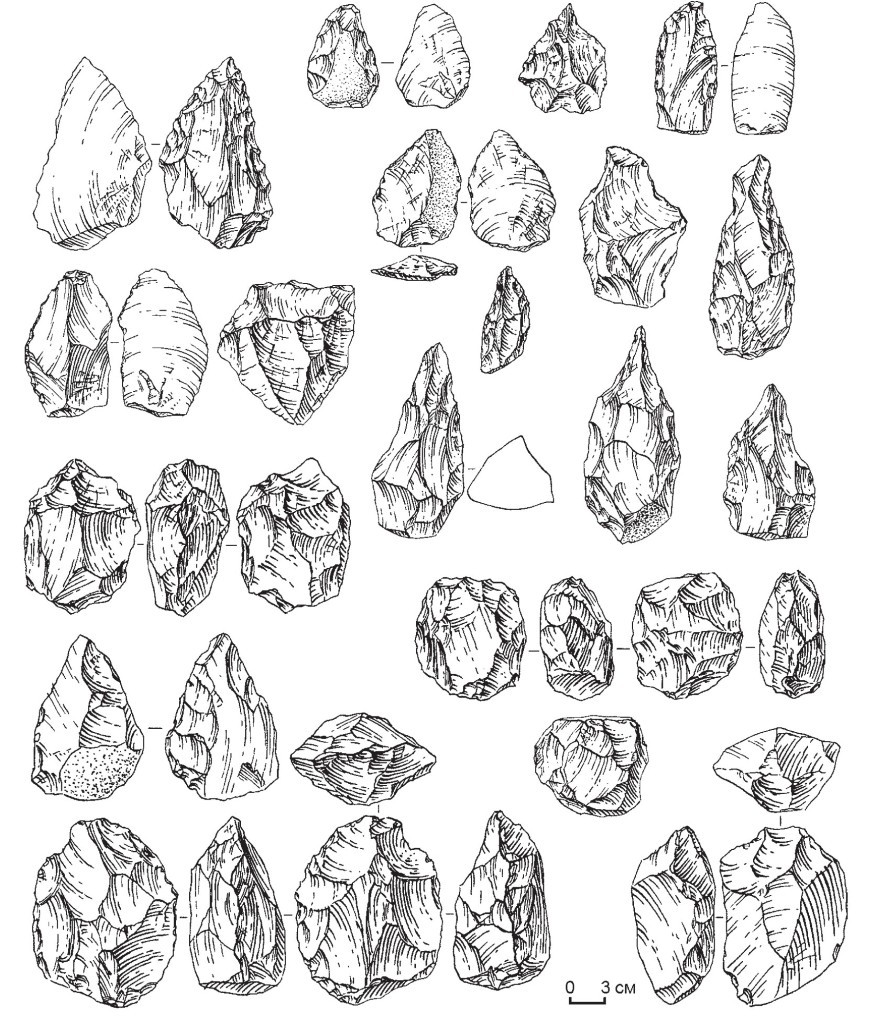The available archaeological materials suggest that over the entire Pleistocene, the evolving techno-typological complexes of East and Southeast Asia differed from those of other parts of Asia. No innovations in lithic industries introduced from without can be traced in the Sino-Malayan zone in the 80–30 ka BP interval, which disagrees with the idea that East Asia and Australia were populated by 60–40 ka BP by migrants from Africa. Were this so, the migration wave would have brought new lithic technologies and new tool types. Actually neither is observed. The hypothesis of a rapid movement of a migration wave along the part of the South Asian coastline which is currently submerged, and where traces of west to east migration such as Paleolithic sites should have been left, is quite implausible either. Under such a scenario, virtually unmodified African Paleolithic industries should have appeared in Sunda and Sahul. However, Paleolithic assemblages from both insular Southeast Asia and Australia dating to the 60–20 ka BP interval reveal the same technological and typological features as do the Paleolithic assemblages of mainland Southeast Asia.
 |
Fig. 21. Lithic tools from Dingcun, East Asia (after (Jia, 1984)).
36
������������������������������������������������������������������������������������������������������������������������������������������������������������������������������������������������������������������������������������������������������������������������������������������������������������������������������������������������������������������������������������������������������������������������������������������������������������������������������������������������������������������������������������������������������������������������������������������������������������������������������������������������������������������������������������������������������������������������������������������������������������������������������������������������������������������������������������������������������������������������������������������������������������������������������������������������������������������������������������������������������������������������������������������������������������������������������������������������������������������������������������������������������������������������������������������������������������������������������������������������������������������������������������������������������������������������������������������������������������������������������������������������������������������������������������������������������������������������������������������������������������������������������������������������������������������������������������������������������������������������������������������������������������������������������������������������������������������������������������������������������������������������������������������������������������������

